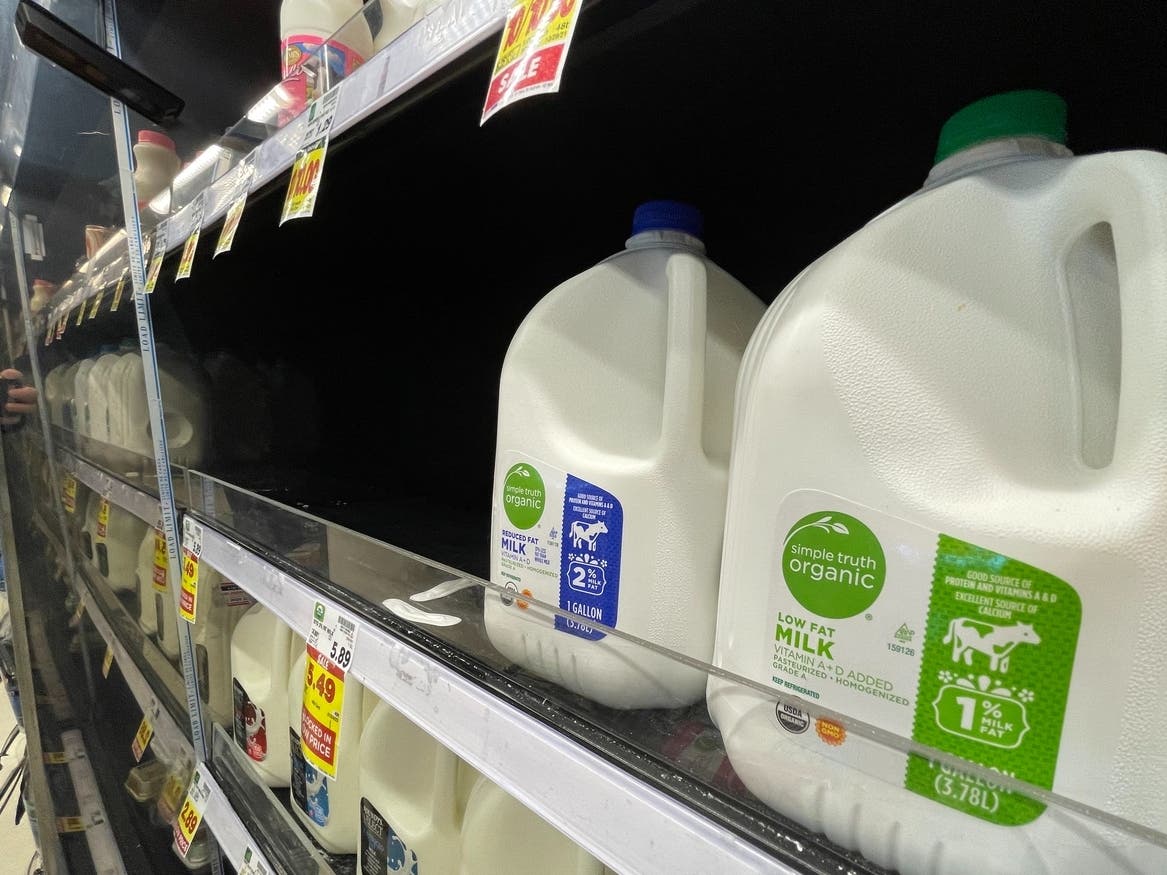Business & Tech
Inflation Still Painfully High: How It Affects Minnesota
In the Midwest, inflation rose to 8.1 percent in August 2022 when compared to August 2021.

MINNESOTA — Lower gas prices in Minnesota along with cheaper used cars, slowed inflation for a second straight month in August, but the new inflation report released Tuesday painted far from a rosy picture as many other items increased in price.
Consumer prices surged 8.3 percent last month compared with August 2021, down from the 8.5 percent year-over-year increase in July. Inflation is still painfully high as food and energy prices remain volatile, but it’s down from the four-decade high of 9.1 percent in June.
The price of a gallon of regular-grade gasoline was $3.71 Tuesday, compared with $3.80 a gallon a week ago, $3.97 a gallon a month ago and $3.18 a gallon a year ago, according to the AAA fuel price tracker.
Find out what's happening in Southwest Minneapoliswith free, real-time updates from Patch.
In the Midwest, inflation rose to 8.1 percent in August 2022 when compared to August 2021.
Used vehicle prices are declining but still remain about 7.8 percent higher than at this time last year. Airfares are declining as well, down -8.8 percent from July, though they remain 33.4 percent higher than a year ago.
Find out what's happening in Southwest Minneapoliswith free, real-time updates from Patch.
Slowing inflation in those sectors aside, many Minnesotans continue to struggle with grocery bills, home energy costs and rent.
Nationally, grocery prices are about 11.4 percent higher in the 12-month period ending Aug. 30, and electricity and natural gas together are 19.8 percent higher. Monthly rent costs are about 6.7 percent higher than a year ago.
In the Midwest, dairy was up 17.4 percent in August when compared with the same time last year. The price of household electricity was up 39 percent.
Alcoholic beverages are up 4.4 percent in the Midwest.
Medical costs also increased 0.8 percent from July, for a year-over-year increase of 5.6 percent. Other increases in August were seen in the costs of home furnishings, household operations, new vehicles and insurance, and education.
Excluding the food and energy categories, so-called core prices jumped 0.6 percent from July to August, higher than many economists had expected and a sign of the persistence of inflation, which remains far higher than many Americans have ever experienced.
The Federal Reserve is expected to announce another big interest rate hike at its September meeting next week to tame inflation, Reuters reported. The contemplated 75-basis-point interest hike would be the third this year.
Inflation is a central issue in the Nov. 8 midterm elections. Economists generally agree with Republicans who blame President Joe Biden’s $1.9 trillion stimulus package for the inflation surge, but also point out snarled supply chains, the war in Ukraine and widespread shortages of semiconductors have also contributed.
Inflation is losing some of its steam as a midterm issue. It dropped to the No. 2 national issue, behind threats to democracy, in a poll by NBC News last month.
The supply chain disruptions of the pandemic appear to be easing, too. General Motors has said overseas production of semiconductors has resumed to about 80 percent of pre-pandemic levels, putting auto manufacturing back on track.
Executives at Kroger, the nation’s largest grocery chain, said flailing prices for farm commodities such as wheat and corn is expected to slow the double-digit increases Americans have seen in the prices of meat, milk, and fruits and vegetables.
The Associated Press contributed reporting.
Get more local news delivered straight to your inbox. Sign up for free Patch newsletters and alerts.